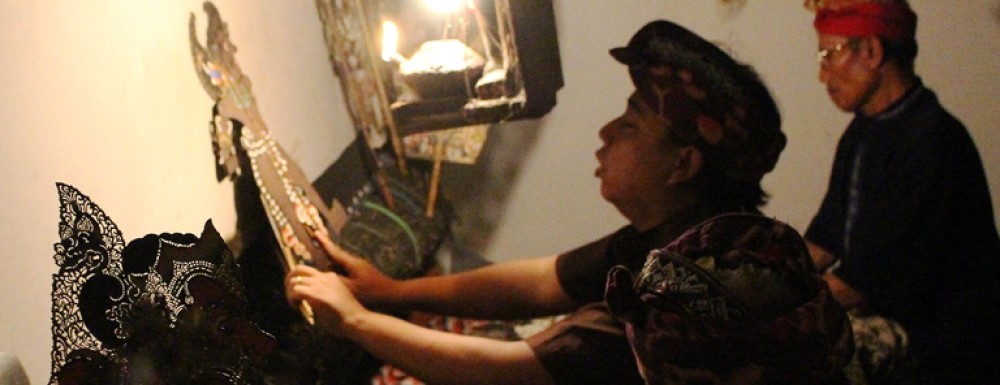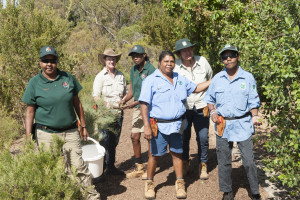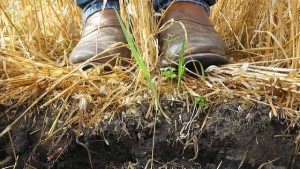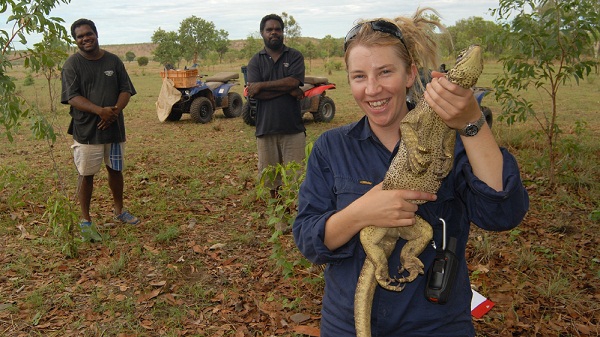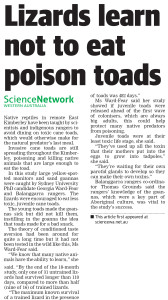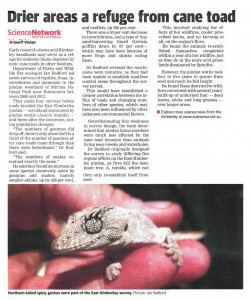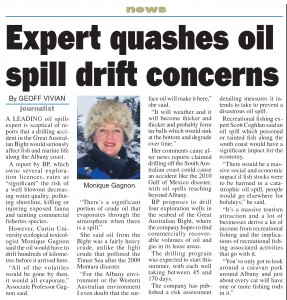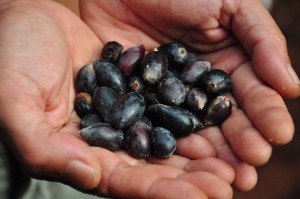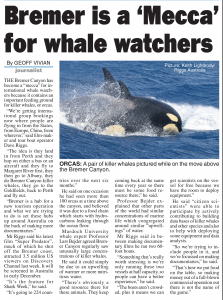Queensland has a “new” species of bandicoot.
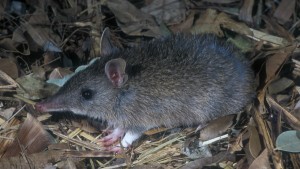
Courtesy Queensland Museum.
After carefully examining about 100 specimens’ teeth and skulls in six museum collections Kenny Travouillon realised the northern long-nosed bandicoot was a separate species and may require more effort to conserve it.
Dr Travouillon says not every museum in Australia has a mammals curator, and many research collections in museums are not being worked on.
Science Network WA [read this story]
